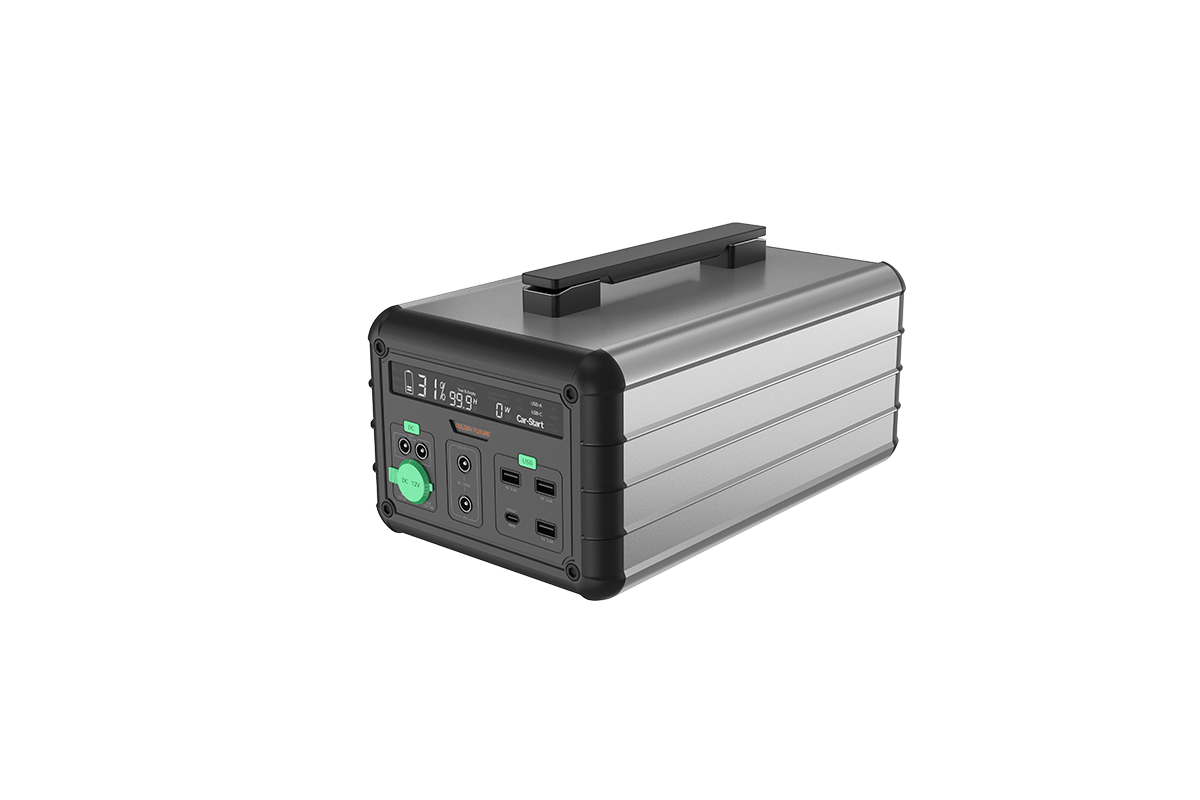

Time:2025-07-09 Views:1

Lithium iron phosphate (LiFePO4) batteries are a type of rechargeable lithium ion battery widely used in various applications due to their high safety, long cycle life, and environmental friendliness. Unlike traditional lead acid batteries, which often require the addition of supplementary liquid to maintain their performance, LiFePO4 batteries are generally sealed systems and do not typically need the addition of any liquid during normal operation.
The internal structure and operation mechanism of LiFePO4 batteries contribute to this characteristic. These batteries use a solid state cathode material (lithium iron phosphate), an anode material (usually graphite), and an electrolyte solution contained within a sealed enclosure. The electrolyte is a crucial component for the transfer of lithium ions between the anode and cathode during charging and discharging processes. However, the design of LiFePO4 batteries is optimized to minimize the consumption of the electrolyte over a long period.
In most cases, adding supplementary liquid to LiFePO4 batteries is not only unnecessary but can also be harmful. Introducing external liquids may disrupt the carefully balanced chemical environment inside the battery. It can lead to chemical reactions that damage the battery's electrodes, contaminate the electrolyte, or cause short circuits, all of which can significantly reduce the battery's performance and lifespan. Moreover, the sealed nature of LiFePO4 batteries is designed to prevent the leakage of electrolyte and the ingress of external substances, ensuring safety and stability. Only in some rare and abnormal situations, such as when the battery has suffered severe physical damage resulting in electrolyte leakage, might there be a theoretical need for professional intervention. But this is highly specialized work and should not be attempted by non professionals, as it requires strict control of the environment and precise handling of battery components.
Read recommendations:
home energy battery storage wholesaler
Internet of Things (IoT) Devices Lithium - Ion Energy Storage Batteries